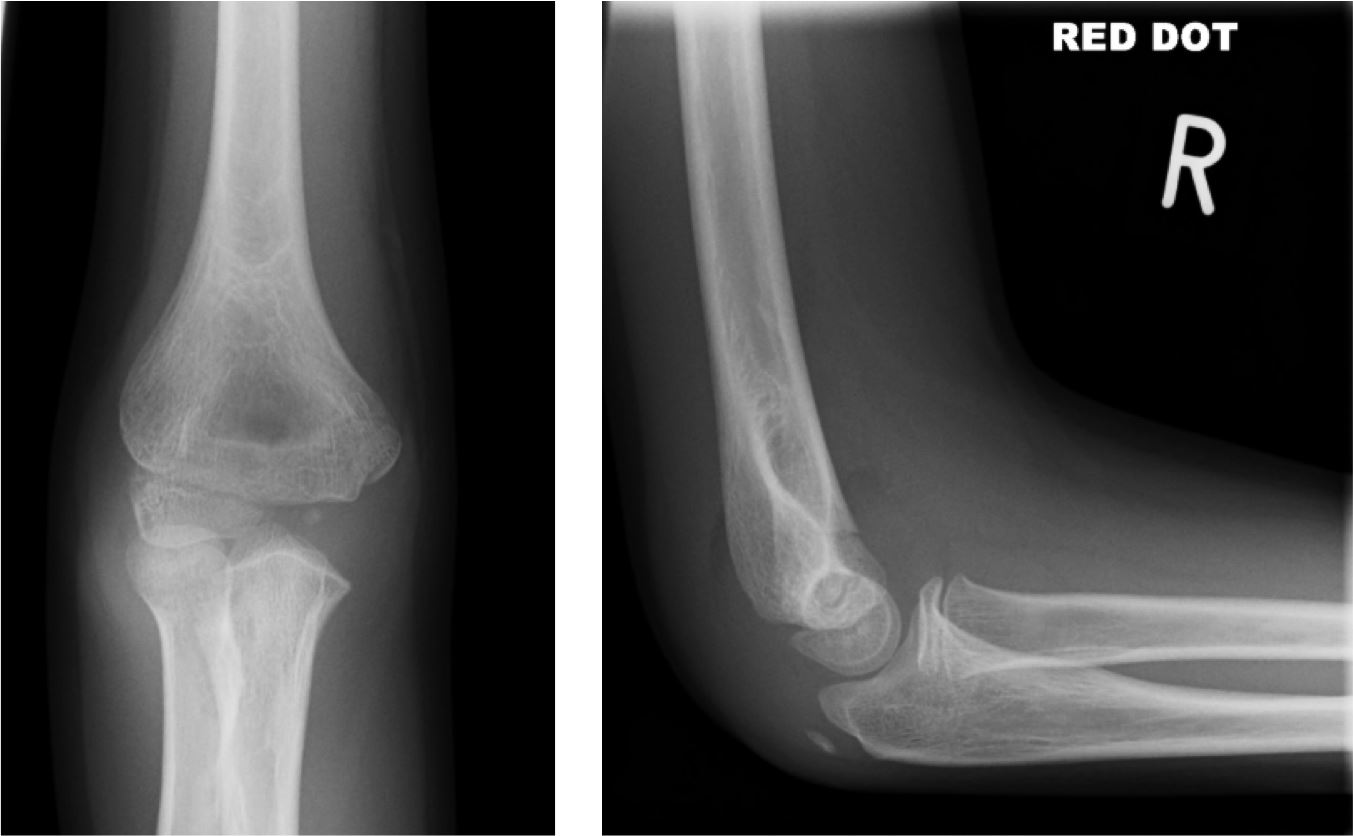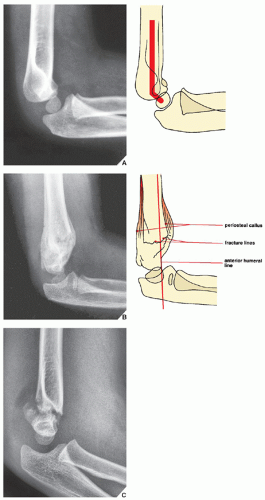

She has been suffering from pain and a potential rotator cuff tear of the right shoulder. physical therapy is generally not needed.A young female patient was taken to the operative suite and was placed under appropriate anesthesia.if CRPP splint at 60-90 degrees, overwrap to LAC at f/u, remove K-wires in 3-4 wks.Pediatric Supracondylar Humerus Fracture CRPP Follow-up care Cubitus varus, Compartment syndrome, Neurologic Deficit, Vascular injury, Volkmanns Ischemic contracture, Angular deformity, Malunion, Stiffness, Myositis Ossificans, Nonunion, Avascular Necrosis.

Malunion may lead to ulnar neuropathy, increased risk of late lateral condyle fractures, posterolateral rotatory instability and active extension loss. (Atign'a JEO: Conservative management of supracondylar fractures of the humerus in Eastern Provincial General Hospital. Delayed open reduction carries a risk of producing myositis ossificans in 85% of patients with this injury. This should be followed by reassessment of the appearance and function of the fracture to determine if a corrective osteotomy is necessary. The treatment of choice at this time is to apply a new cast and let the fracture heal. Malunion: Completely displaced supracondylar fractures that become sufficiently rigid with new callous formation cannot be adequately manipulated approximately 7 days following the injury.Angular deformity: most commonly cubitus varus-primarily a cosmetic only deformity-remodeling potential is limited as distal humerus contributes only 20% of humeral growth.Neurologic Deficit: 5-19% nerve injury(JAAOS), If no improvement either clinical or EMG at 5 months exploration recommended.(Culp,JBJS 72A:1211, 1990).Cubitus varus: Most common complication, due to malreduction, not growth disturbance, sequela is cosmetic.Pediatric Supracondylar Humerus Fracture CRPP Complications Consider anterior cubital approach (Ay S, JPO 2005 25:149).3cm longitudinal incision over medial condyle>SQ>fat>fracture hematoma/fracture.Pediatric Supracondylar Humerus Fracture ORIF Technique Splint the arm in less than 90 degrees of flexion.Evaluate and document the circulatory status of the arm after fixation.Consider using coban around the forearm and arm to hold reduction while pins are placed.Elbow flexed and pronated with thumb pressure over the olecranon securing the reduction. Varus/valgus angulation and rotation correctd. Reduction obtained with longitudinal traction in extension to regain length.Prep and drape in standard sterile fashion.


Ipsiliateral forearm fracture (Tabak AY, JBJS 2003 85Br:1169).Unstable Type II supracondylar humerus fracture.Type III supracondylar humerus fracture.Pediatric Supracondylar Humerus Fracture CRPP Indications Pediatric Supracondylar Humerus Fracture CRPP CPT Synonyms: pediatric supracondylar humerus fracture CRPP, supracondylar humerus fracture percutaneous pinning, perc pinning


 0 kommentar(er)
0 kommentar(er)
